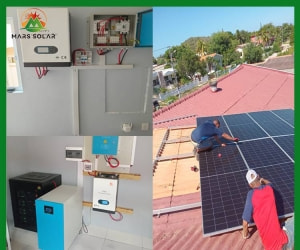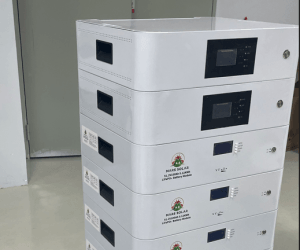With the development of pv solar panels technology, more and more pv solar panels power products will appear in the future. So what are the pv solar panels technologies worthy of attention in the future?
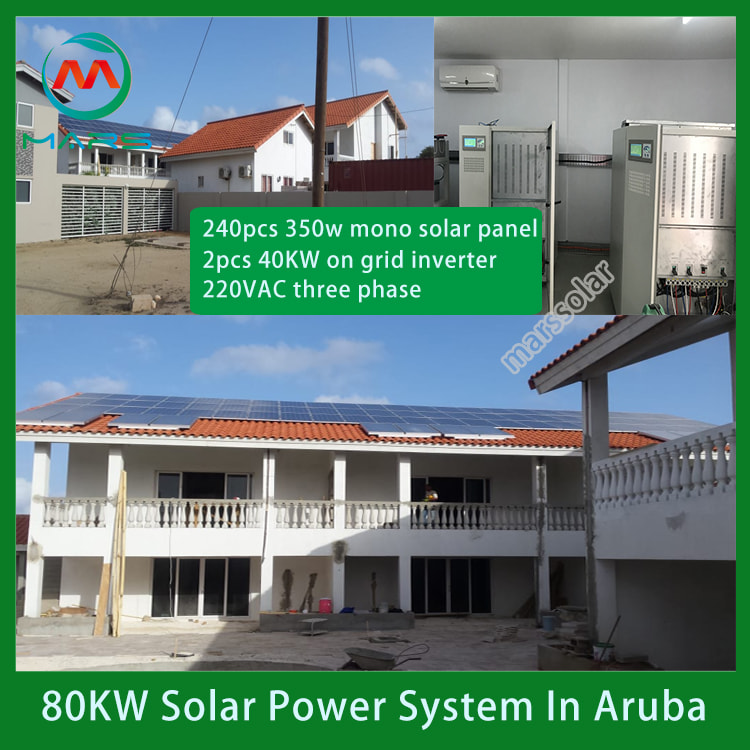
1. Water-cooled pv solar panels
Pyron Solar Triad has designed a special short focal length, solar-collecting lens made of acrylic material. The reflection and refraction of sunlight in such a lens effectively concentrates energy to a point. The second lens collects the energy transmitted by the first lens and concentrates it on a small photovoltaic panel. The company claims that the HE lens system (HE OPTICS SYSYTEM) produces 800 times more electricity than comparable silicon photovoltaic solar panels.
2. Convert solar energy to hydroge.
In 2009, MIT professor Daniel Nocera founded a company that was designed to commercialize a “water decomposition” and photovoltaic solar panels storage technology. “The idea is to use solar panels to power the electrolyzers to produce hydrogen that can be stored in the fuel tanks. When people need electricity, the stored hydrogen can drive the fuel cells to produce electricity,” said Northerly.
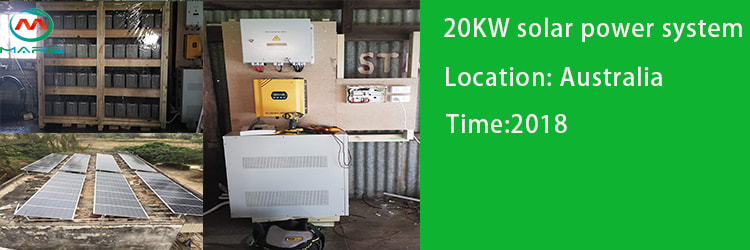
3.Roof photovoltaic solar panelss and painted photovoltaic solar panels
Previously, it has been assumed that installing photovoltaic solar panels can be as simple as laying a roof tile, or that solar paint can be painted on the roof like a paint. In fact, this idea has now been realized, and this solar pv array paint is called silicon ink. According to the U.S. National Renewable Energy Laboratory, solar pv array using this technology can convert 18% of solar energy into electricity.
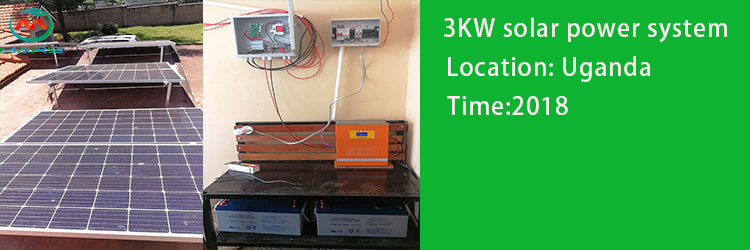
4. Large-scale thin film solar cells
SunFabTM system's thin-film solar pv array are based on thin-film technology, using amorphous silicon solar panels to build the world's largest and most productive thin-film solar pv array. On the one hand, this approach can successfully reduce the cost of materials, on the other hand, it can also be combined with the highest-end manufacturing technology of the solar pv array industry. It is reported that the company's thin-film solar pv modules mainly use frameless design, which solves the two major problems of poor waterproofing of thin-film solar pv modules and long-term use of the solar pv modules structure.
5. Organic solar concentrator
Scientists at the Massachusetts Institute of Technology have found a way to turn ordinary glass into high-end solar collectors. This technology is complex in structure but at a lower cost. Scientists mainly use coated glass plates to collect sunlight that is not absorbed by the surface of solar cells, thus turning ordinary mirrors into solar collectors. Even glass in buildings can be applied to absorb and transform. energy.
-
 Solar PV System Expansion: Compatibility, Efficiency & Implementation Guide1. Background and Necessity Early-installed PV systems generally fail to meet the growing energy demands of modern households and enterprises. Compared with replacing the entire system, expansion is a more economical option—but the core question
Solar PV System Expansion: Compatibility, Efficiency & Implementation Guide1. Background and Necessity Early-installed PV systems generally fail to meet the growing energy demands of modern households and enterprises. Compared with replacing the entire system, expansion is a more economical option—but the core questionDo you like ?0
Read more -
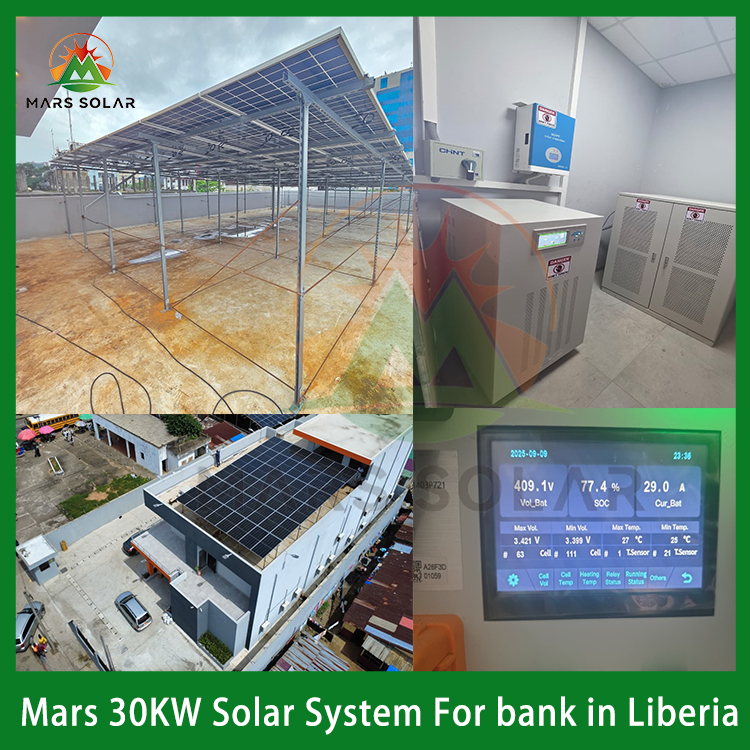 Customized Off-Grid Solar System for a Liberian Bank: Achieving Power IndependenWhen Banks Face the Challenge of "Grid Power Outages and Voltage Fluctuations": A Real-World Solution from Liberia In scenarios where the power grid is unstable and manual intervention is difficult, how to ensure the 24/7 stable operation
Customized Off-Grid Solar System for a Liberian Bank: Achieving Power IndependenWhen Banks Face the Challenge of "Grid Power Outages and Voltage Fluctuations": A Real-World Solution from Liberia In scenarios where the power grid is unstable and manual intervention is difficult, how to ensure the 24/7 stable operationDo you like ?0
Read more -
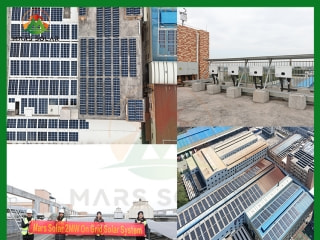 2MW Solar Panel System For Factory2MW mars solar grid-tied solar panel system for factory have designed, produced, and installed in a factory.How does Mars Solar build such a solar panel system for factory? 1. Data collection Before designing the plan, the factory owner vi
2MW Solar Panel System For Factory2MW mars solar grid-tied solar panel system for factory have designed, produced, and installed in a factory.How does Mars Solar build such a solar panel system for factory? 1. Data collection Before designing the plan, the factory owner viDo you like ?0
Read more -
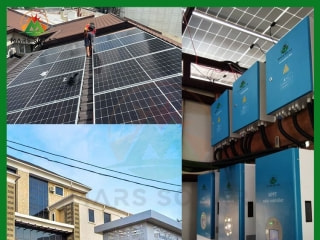 100KW Solar For Hotels And Resorts In NigeriaIn December 2024, the Mars Solar 100KW Nigeria solar for hotels and resorts project was successfully completed. In May 2024, the customer contacted Mars solar and had a series of communications on the solar for hotels and resorts project. The d
100KW Solar For Hotels And Resorts In NigeriaIn December 2024, the Mars Solar 100KW Nigeria solar for hotels and resorts project was successfully completed. In May 2024, the customer contacted Mars solar and had a series of communications on the solar for hotels and resorts project. The dDo you like ?0
Read more -
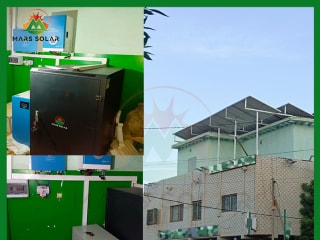 Reliable Energy Solutions for a Mali Pharmacy: 15KW Solar System Success StoryIn the heart of Mali, reliable electricity is a significant challenge, with power coming on for just 2 hours and then cutting off for 4 hours multiple times a day. This erratic power supply is particularly problematic for businesses that depend on consist
Reliable Energy Solutions for a Mali Pharmacy: 15KW Solar System Success StoryIn the heart of Mali, reliable electricity is a significant challenge, with power coming on for just 2 hours and then cutting off for 4 hours multiple times a day. This erratic power supply is particularly problematic for businesses that depend on consistDo you like ?0
Read more -
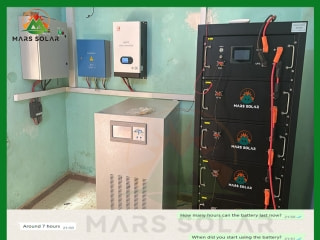 Harnessing the Sun: A Sustainable Solution for Abou's Family in MaliIn the heart of Mali, families like Abou's face daily challenges with electricity access, enduring power outages that can last up to 12 hours. To combat this, Abou relies heavily on a diesel generator to power his home, which includes essential applia
Harnessing the Sun: A Sustainable Solution for Abou's Family in MaliIn the heart of Mali, families like Abou's face daily challenges with electricity access, enduring power outages that can last up to 12 hours. To combat this, Abou relies heavily on a diesel generator to power his home, which includes essential appliaDo you like ?0
Read more

